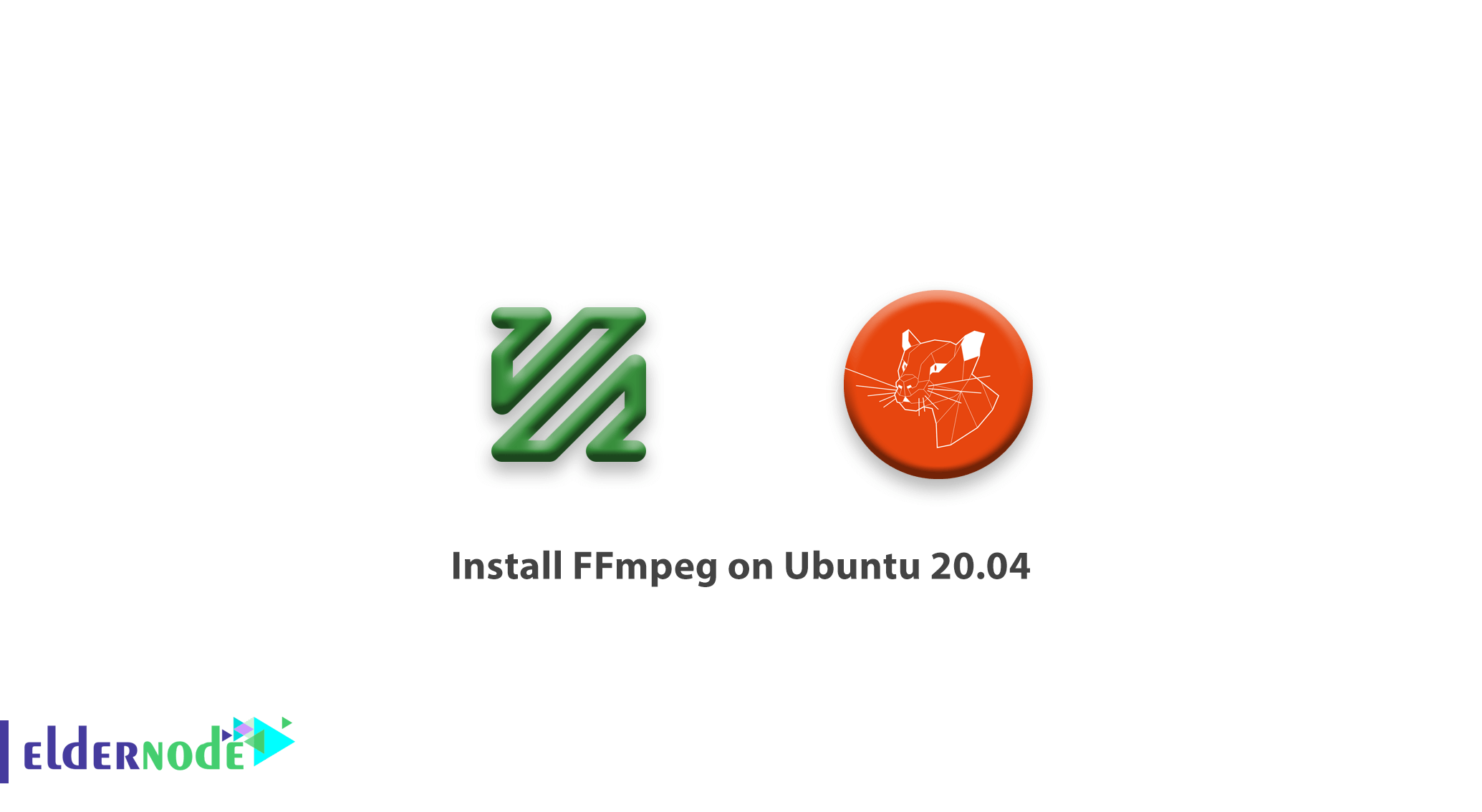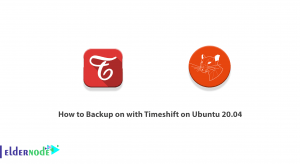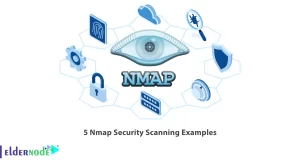
FFmpeg is a free and open-source software. By its large libraries, you will be able to handle video, audio and other multimedia files. Since its core is designed for command-line based processing, you can easily use it for format transcoding, basic editing video scaling, video post-production effects, and standard compliance.
Inspiring of MPEG video standards group, FF means fast forward. Recently, FFmpeg has added a realtime bright flash removal filter to libavfilter which seems to be useful for photosensitive people watch TV, play video games or even be used with a VR headset to block out epiletic triggers such as filtered sunlight when they are outside.
Table of Contents
How to Install FFmpeg on Ubuntu 20.04
FFmpeg allows for audio and video playback as well as recording and conversion. It also allows us to convert multimedia files between different formats. Join us with this guide to complete the steps of installing FFmpeg on Ubuntu 20.04. But if you have not your own virtual private server, count us to do the best for you.
Step 1 : How to Install FFmpeg on Ubuntu
First, you have to need to update the ubuntu with the command below:
sudo apt-get update Then, use the command below to install FFmpeg:
sudo apt-get install ffmpeg Step 2 : How to Check FFmpeg Version on Ubuntu
Once the FFmpeg is fully installed, check the installed version with the following command.
ffmpeg -version Step 3 : FFmpeg Basic Commands:
The following is a list of FFmpeg basic commands:
ffmpeg -version: show version ffmpeg -formats: show available formats ffmpeg -codecs: show available codecs ffmpeg -decoders: show available decoders ffmpeg -encoders: show available encoders ffmpeg -bsfs: show available bit stream filters ffmpeg -protocols: show available protocols ffmpeg -filters: show available filters ffmpeg -pix_fmts: show available pixel formats ffmpeg -layouts: show standard channel layouts ffmpeg -sample_fmts: show available audio sample formats
Step 4 : FFmpeg Examples
Below are some examples of FFmpeg command-line applications.
To reduce .mov File Size FFmpeg command line:
ffmpeg -i in.mov -c:v libx264 -c:a copy -crf 20 out.mov Run the following command to Convert .mov To .mp4:
ffmpeg -i in.mov -vcodec copy -acodec aac -strict experimental -ab 128k out.mp4
Conclusion
In this article, you learned how to install FFmpeg on Ubuntu 20.04. After passing the steps, you would be able to run it on your Ubuntu successfully and convert your video and audio files. And be more expert on Ubuntu 20.04 by review its set up.
![TOP 9 Download Managers for Linux Server [2022]](https://blog.eldernode.com/wp-content/uploads/2022/09/TOP-9-Download-Managers-for-Linux-Server-2022-300x164.webp)




What is FFmpeg used for overlay?
FFmpeg is most used for capturing and encoding in real-time from various hardware and software sources such as a TV capture card. Additionally, ffmpeg is a command-line tool that converts audio or video formats. And as you read in this guide, FFmpeg allows for audio and video playback as well as recording and conversion. It also allows us to convert multimedia files between different formats.
How should we install it when the Ubuntu is updated before?
In this case you will start with running below command:
sudo apt-get install ffmpeg
Could you please say a fast way to install it from Ubuntu repository?
Ofcourse! You can easily use the apt command to let it be downloaded from Ubuntu’s software repository. And then use the two following commands and open a terminal.
Sudo apt update
Sudo apat install ffmpeg
Point: Be careful to execute commands with Root access in the user interface, you must use the Sudo command before all commands.
Why I cannot compile and install FFmpeg?
I guess you have not checked the outputs of terminal or solving the errors. You need to verify all the errors and then you will be able to can download the latest FFmpeg source code for installation
Is it possible to hide a copyright notice?
You can use the -hide_banner command to do this and suppress printing this information.
What if I want to install it on Debian please?
Since Ffmpeg is available in the repository by default, you can do this if you open your terminal and run the following command.
sudo apt-get install ffmpeg
Point: Be careful to execute commands with Root access in the user interface, you must use the Sudo command before all commands.
Is FFmpeg available in the repository of RPM-based distributions?
Yes, it is. And all you have to do is to add EPEL and RPMFusion repositories to install FFmpeg. First add the EPEL repository using the following command:
sudo yum install epel-release
Pint: Be careful to execute commands with Root access in the user interface, you must use the Sudo command before all commands.
Please let me know about upgrading ffmpeg.
Yes,sure. You can upgrade FFmpeg by running below commands.
sudo apt-get update.
sudo apt-get install ffmpeg.
sudo apt-get update ffmpeg 2.8.
Which is FFmpeg using? CPU or GPU?
Both of them! You can feel about more than 90% for CPU. But if you enable opencl while configuring, FFmpeg will run in GPU. So the it will be less than 90% for CPU.
Is FFmpeg written in Java?
No, it is written in C and Assembly language
Is it possible to merge audio and video with this tool?
Yes, it is. You should just open a command prompt windows in your downloads folder after downloading and installing the FFmpeg